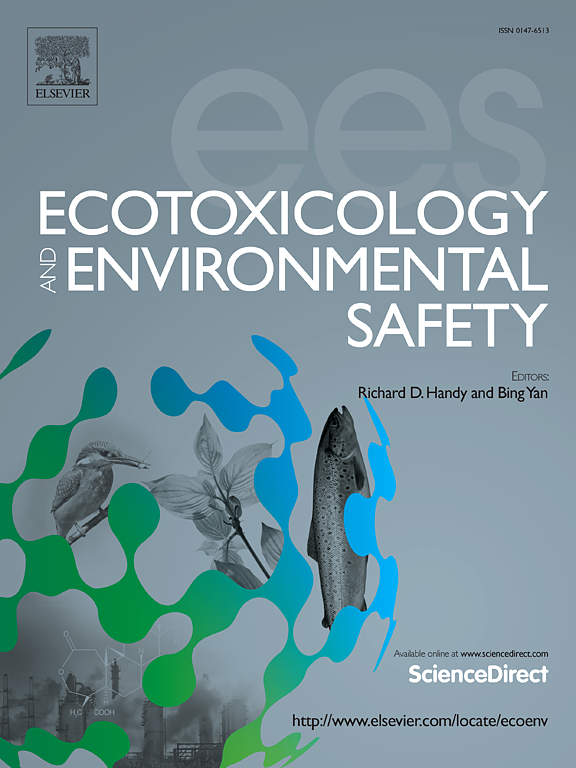Profiling heavy metals distribution in surface sediments from the perspective of coastal industrial structure and their impacts on bacterial communities
IF 6.2
2区 环境科学与生态学
Q1 ENVIRONMENTAL SCIENCES
引用次数: 0
Abstract
Heavy metal pollution of marine sediments along the coastal industrial parks have always received extensive attention due to their persistent hazard to local marine ecosystem. Despite this, our knowledge about the influence of geography and coastal industrial structures on heavy metal distributions remains little. In this study, surface sediment samples were collected from the coastal zone of the industrial park in Ningbo. The physicochemical properties, heavy metals with ecological risk levels and bacterial structures as well as their relationships in these sediments were comprehensively analyzed. We found that: heavy metal concentrations of surface sediment revealed wide variation between this study sea area and other coastal economic areas; increasing attention should be paid to the Cu, Hg, Cd and As pollution due to their high contamination degree and environment risk; the distribution of heavy metals is closely related to the geographic location and nearshore industrial structures; the physicochemical features (e.g., TN, PHCs and pH) of sediments could better explain the occurrence characteristics of heavy metals present; individual metals (Cu and Cr) significantly affected the bacterial α-diversity; Cr inhibits multiple functional pathways associated with energy metabolism and pollutant degradation; RDA analysis and co-occurrence network confirmed that several heavy metals (especially Zn, Cr, Cu and Cd) exhibited large effects on bacterial community structure; moreover, genera Idiomarina Sulfurovum and Sulfurimonas could be used as biological indicators for specific heavy metals contamination in our study. Our findings provide a novel insight to understand the heavy metal distribution and bacterial variation associated with industrial activities.
求助全文
约1分钟内获得全文
求助全文
来源期刊
CiteScore
12.10
自引率
5.90%
发文量
1234
审稿时长
88 days
期刊介绍:
Ecotoxicology and Environmental Safety is a multi-disciplinary journal that focuses on understanding the exposure and effects of environmental contamination on organisms including human health. The scope of the journal covers three main themes. The topics within these themes, indicated below, include (but are not limited to) the following: Ecotoxicology、Environmental Chemistry、Environmental Safety etc.

 求助内容:
求助内容: 应助结果提醒方式:
应助结果提醒方式:


